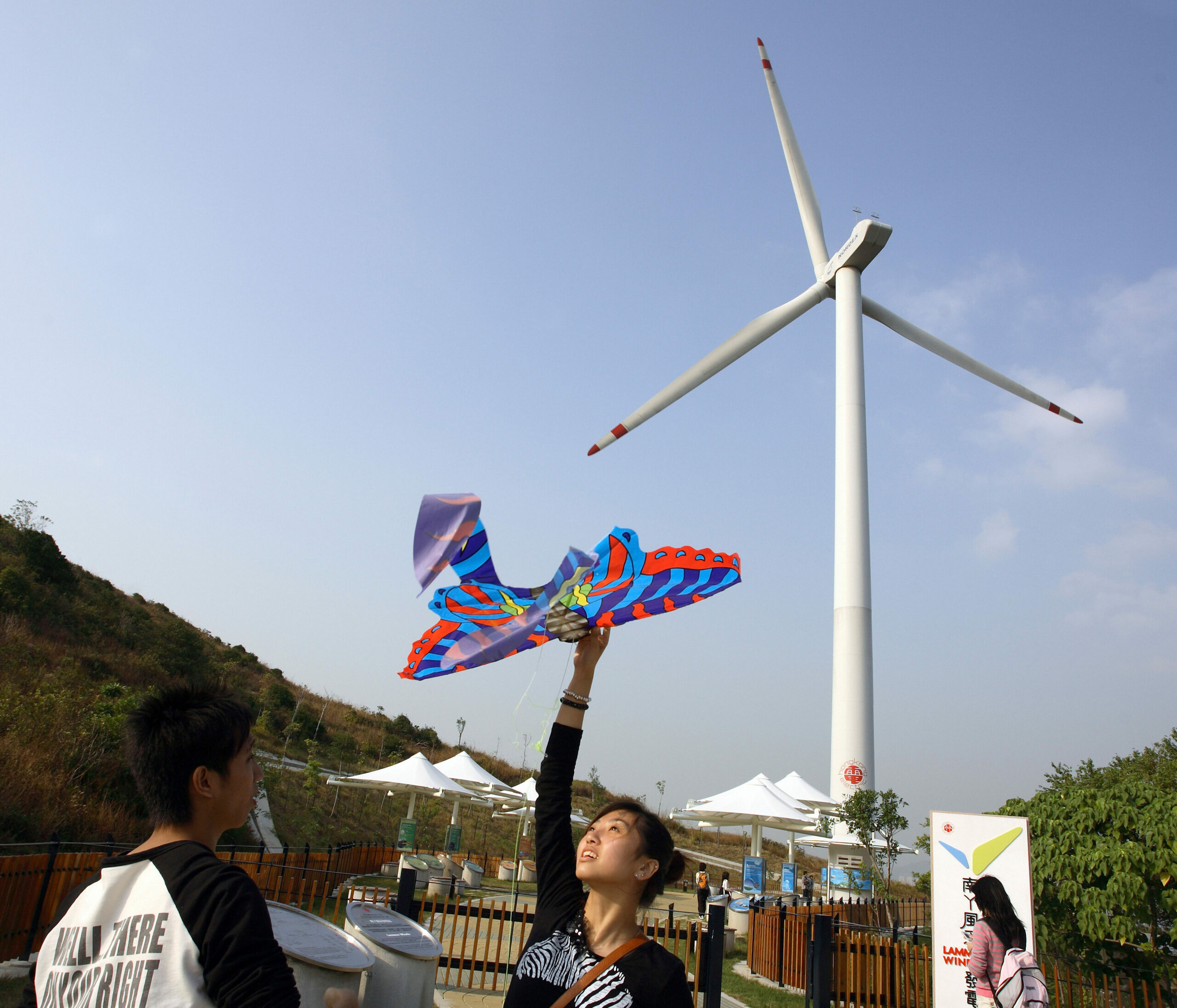
Tripling renewables and doubling efficiency will accelerate a fossil phaseout
Tripling renewables and doubling efficiency will deliver 85% of the cuts in unabated fossil fuels required by 2030. By 2035, renewables and efficiency will alone more than halve total CO2 emissions, unlocking a fossil fuel phaseout.
COP28 president Sultan Al Jaber has urged governments to agree on global goals to triple renewables capacity and double the rate of energy efficiency improvements by 2030.
This call from Al-Jaber is supported by the International Energy Agency (IEA) and the International Renewable Energy Agency (IRENA), and political momentum is building.
There is also growing momentum towards a fossil fuel phaseout. Last year at COP27 in Sharm el-Sheikh, 80 countries supported wording for a phaseout of fossil fuels, and the calls this year will be even greater. A fossil fuel phaseout agreement is necessary to signal to the fossil fuel industry that it is investing at a rate far in excess of expected demand in a high-renewables, high-efficiency world, risking large imbalances in the global energy system.
The IEA’s Net Zero roadmap shows the pathway we need to limit global heating to 1.5 degrees. It requires a 65% reduction in CO2 emissions from 2022 to 2035.
This briefing analyses the latest data from the IEA to show how renewables and efficiency contribute to deep and rapid falls in fossil fuel demand, unlocking the pathway towards a fossil fuel phaseout.
Renewables and efficiency deliver 85% of fossil cuts
The IEA explains the critical actions this decade that are required to get the world on course for this: tripling global renewables capacity to 11,000 GW by 2030 and doubling energy intensity improvements to 4% per year by 2030.
In their Net Zero Roadmap, unabated fossil fuel use falls by 29% from 2022 to 2030, leading to a 35% fall in total CO2 emissions.
Tripling renewables and doubling efficiency will deliver 85% of the cuts in unabated fossil fuels required by 2030, according to analysis by energy think tank Ember of the IEA’s Net Zero Roadmap.
Specifically, 85% of the fall in fossil fuel use comes from more renewable energy and less primary energy use. Primary energy use is the metric used to measure energy intensity improvements, which are defined as primary energy change divided by GDP growth. Primary energy falls because of efficiency improvements, as the world replaces inefficient power plants and inefficient cars with highly efficient and clean alternatives.
Another 10% of the remaining cuts come from an increase in nuclear energy. Fossil fuels with carbon capture and storage (CCS) contribute the last 5% in the IEA roadmap.
Carbon dioxide emissions fall by 35%, which is faster than the 29% fall in unabated fossil fuel use because dirtier coal falls the fastest of all the fossil fuels. Tripling renewables alone will halve coal power by 2030, according to the IEA, which we calculate would in turn deliver almost half of the methane cuts needed from the coal mining sector this decade.
Renewables and efficiency alone halve total CO2 by 2035
Tripling renewables and doubling energy efficiency are not endpoints, but signs of where we need to go. And we will need to act even faster after 2030. We need to triple renewables by 2030, but by 2035 we need to have grown renewable capacity fivefold. We need to double rates of energy efficiency improvements by 2030 and this results in continued improvements out to 2035.
By 2035, the impact of these two actions on reducing fossil consumption is even more stark. According to the IEA net zero pathway, unabated fossil fuel demand falls by 56% from 2022 to 2035, leading to a 65% fall in total CO2 emissions. Renewables and efficiency deliver 86% of that decrease. In total, that means that renewables and efficiency alone more than halve (-56%) total CO2 emissions by 2035.
Meanwhile, nuclear and CCS have a similarly small contribution by 2035 as was seen in 2030. Nuclear energy increase delivers just 9% of the decrease in fossil fuel use from 2022 to 2035. For CCS the contribution is just 6%.
Renewables and electrification cut fossil fuel use across the entire economy
There is a dramatic difference between net zero aligned pathways for the power sector and the rest of the global energy sector. On one hand, the power sector grows in size, and rapidly decarbonises, with unabated fossil fuel use falling by 76%. On the other hand, the size of the rest of the energy sector dramatically shrinks, partly because of efficiency and partly because of electrification.
Although the percentage fall in emissions of the power sector is bigger, there are actually bigger cuts to fossil fuel use in the rest of the energy sector, with a reduction of 147 exajoules compared to a cut of 133 exajoules in the power sector.
Fossil phase-out is coming
IEA analysis shows that coal, oil and gas will all peak this decade based on current government policies alone. A global commitment to triple renewables and double efficiency would help bend the curve on policy ambition, so that fossil fuel use not only peaks but also starts to see deep and rapid cuts.
The importance of renewables and efficiency is paramount. More nuclear power is needed, but it is clear its role in slashing emissions to 2035 will be limited: it simply cannot be built quickly enough. Carbon capture and storage has an even more limited role, as the technology is not mature meaning deployment will be slow to scale up and CCS will be able to only provide small emissions reductions to 2035. The limited history of CCS that exists today is littered not only by time and cost overruns, but also with serious questions about how much CO2 emissions actually get saved.
The evidence is clear: renewables and efficiency offer the biggest opportunity for deep and rapid cuts in CO2 emissions needed to put us closer to a 1.5 degree pathway and towards the phaseout of fossil fuels.
Supporting materials
Acknowledgements
Header image:
Hong Kong wind turbine with kite
Credits:
Related Content





